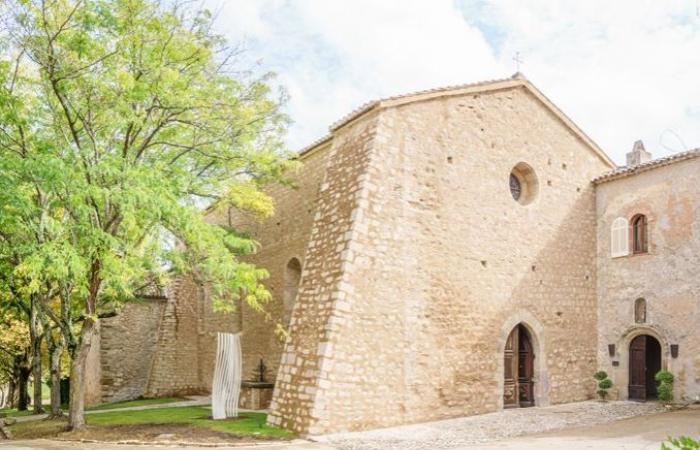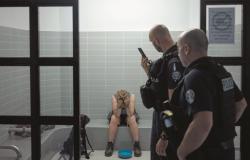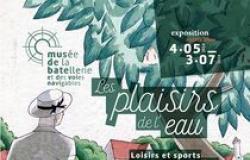The Draguignan Museum of Fine Arts is currently offering a very special exhibition with an incredible history.
Indeed, originally from the south of France, Marguerite Maeght knows well the story of Saint Roseline whose miracles are famous in this region. She then decides to ask her for a grandson (she already has several granddaughters). Her wish granted, the collector and patron feeling indebted, calls on her closest artist friends to tackle the restoration of the chapel dedicated to the saint, located in Arcs-sur-Argens. Giacometti, Chagall, Bazaine and Ubac will participate in this project and give this building a celestial dimension.
Marguerite Maeght’s wish is presented at the Draguignan MBA until September 22.
Excerpts from the exhibition catalog
Diego Giacometti – An unexpected spiritual journey
par Daniel Marchesseau
After the death of Alberto Giacometti, Marguerite Maeght assured Diego of her faithful affection, who had become an orphan and was alone in her close-knit fraternity. This is how she involved him in 1970 in the restoration of the Sainte-Roseline Chapel (11th and 16th centuries) at the Celle-Roubaud monastery, which she had undertaken since 1969, following a personal wish concerning her own family. She first entrusted him with the image of the saint that he evoked on a vertical plaque decorated with thin bas-reliefs in three juxtaposed registers, the plaster original having been melted down to be fixed on a pillar to the right of the nave of the chapel: The Miracle of the Roses.
Unique in Diego’s production – essentially furniture – this narrative mirror iconography is inspired by its profile treatment of Romanesque frescoes naturally, but also by certain archaic bas-reliefs – two superimposed illustrations on the left representing the faithful receiving loaves of bread, facing the effigy on the right depicting the saint draped in antique style, distributing a shower of roses coming out of her apron. He had been able to discover these bas-reliefs, as we know, during his trip to Cairo in the 1920s and then in the rich antiquities rooms of the Louvre, whose reinstallation signed by the archaeologist Henri Verne he and his brother had visited in the 1930s, before admiring in October 1968 the six hundred pieces of the De Clercq-Boisgelin donation, presented at the Galerie Mollien – he had even kept a brochure of them. Marguerite also commissioned him to make the high doors of the reliquary housing the eyes of the saint. Placed in the chapel to the right of the entrance to the nave, the two hammered bronze doors can be seen as the leaves of a contemporary missal that open with a rosebud. On the back, the treasure that preserves this remarkable relic framed in a 17th century silver box soberly presents two stripped-down reliefs in patinated bronze.
On the other hand, the precious goldsmith’s mount, in the center of the monstrance, magnifies the relic enshrined on an enameled silver-gilt base ordered in 1883 by Mgr Terris, Bishop of Fréjus, from the Lyon goldsmith Armand Caillat. To complete this ensemble, Diego designed for the chapel an imposing bronze lectern with plant motifs, The Tree of Wisdom, intended to match the mummified remains of the saint in wax and bone, presented in a glass reliquary. This sculpted graphic design would soon be used in pedestal tables and other console tables… At the same time, Marc Chagall had created for this chapel the admirable Repas des anges, a high mosaic (6×3 m) very bright chromatically, completed in 1974 by Michel Tharin who, with this experience, would soon complete the monumental mosaic in the shape of a box, Les Quatre Saisons, commissioned from Chagall for the city of Chicago – a tour de force of 21×4 m.






